How to Fix a Backed Up Kitchen Sink
If you've ever experienced the frustration of a kitchen sink backing up into your shower, you know how inconvenient and messy it can be. Not only does it render your sink and shower unusable, but it also creates an unpleasant odor and can lead to water damage if not addressed promptly. Fortunately, fixing a backed up kitchen sink is a relatively simple task that can be done with a few basic tools and techniques.
How to Unclog a Shower Drain
When your kitchen sink backs up into your shower, the first step is to unclog the shower drain. This is usually the source of the backup and can be caused by a build-up of hair, soap scum, and other debris. To unclog the drain, start by removing any visible debris using your hands or a pair of needle-nose pliers. If this doesn't solve the issue, try using a plunger to dislodge the blockage.
Common Causes of Kitchen Sink Backups
Now that the shower drain is clear, it's time to address the root cause of the problem - the backed up kitchen sink. There are several common causes of kitchen sink backups, including a clogged drain, a malfunctioning garbage disposal, or a blocked sewer line. Identifying the cause will help you determine the best course of action for fixing the issue.
How to Prevent Kitchen Sink Backups
Prevention is always better than cure, and there are some simple steps you can take to prevent kitchen sink backups in the future. First, avoid putting large food scraps or grease down the drain, as these can easily clog the pipes. Also, run hot water down the drain after each use to help prevent any build-up. Regularly cleaning your garbage disposal can also help keep it running smoothly.
Signs of a Main Sewer Line Clog
If your efforts to fix the backed up kitchen sink are unsuccessful, it may be a sign of a more serious issue - a main sewer line clog. This can cause backups in multiple drains in your home, including the shower. Signs of a main sewer line clog include gurgling noises in your drains, slow draining sinks, and foul odors coming from your plumbing fixtures.
How to Use a Plunger on a Sink
If you suspect a clogged drain is causing the kitchen sink backup, using a plunger can often solve the problem. Make sure the sink is filled with enough water to cover the rubber end of the plunger, then place the plunger over the drain and push down firmly. Repeat this motion several times to create suction and dislodge the clog.
How to Use a Drain Snake on a Shower Drain
If the plunger doesn't work, you may need to use a drain snake to remove the clog. Start by removing the drain cover and inserting the snake into the drain. Continue pushing the snake in until you feel resistance, then twist and push to break up the clog. Once the clog is cleared, run hot water down the drain to flush out any remaining debris.
How to Clean a Shower Drain
To prevent future clogs and keep your shower drain running smoothly, it's important to regularly clean it. This can be done by removing the drain cover and using a small brush to scrub away any build-up of hair and soap scum. You can also pour a mixture of hot water and baking soda down the drain to help break down any debris.
How to Use Baking Soda and Vinegar to Unclog a Drain
If you prefer a more natural approach to unclogging your drain, you can try using a mixture of baking soda and vinegar. Start by pouring a cup of baking soda down the drain, followed by a cup of vinegar. Let this sit for about 15 minutes, then pour hot water down the drain to flush out the mixture and any loosened debris.
When to Call a Professional Plumber for a Backed Up Sink or Shower
If all else fails and your kitchen sink continues to back up into your shower, it's time to call a professional plumber. They will have the necessary tools and expertise to diagnose and fix the issue, whether it's a clogged drain or a main sewer line clog. It's always best to address plumbing problems promptly to avoid further damage and costly repairs.
How to Avoid a Kitchen Sink Backing Up Into Your Shower: Tips for Proper House Design

Understanding the Issue
 One of the most frustrating and unpleasant experiences for homeowners is having a kitchen sink that backs up into the shower. Not only does it create a mess and bad smell, but it also indicates a bigger problem with the plumbing system in your house. This issue can happen for various reasons, such as clogged pipes, improper installation, or outdated plumbing systems. Fortunately, with proper house design and maintenance, you can prevent this problem from occurring.
One of the most frustrating and unpleasant experiences for homeowners is having a kitchen sink that backs up into the shower. Not only does it create a mess and bad smell, but it also indicates a bigger problem with the plumbing system in your house. This issue can happen for various reasons, such as clogged pipes, improper installation, or outdated plumbing systems. Fortunately, with proper house design and maintenance, you can prevent this problem from occurring.
The Importance of Proper House Design
 When it comes to avoiding a kitchen sink backing up into your shower, the key lies in proper house design. This includes making sure that your plumbing system is installed correctly, using high-quality materials, and regularly maintaining it. A well-designed plumbing system will have proper drainage and venting, which allows for smooth flow of water and prevents any backups or blockages.
Proper Venting:
One of the main reasons for a kitchen sink backing up into the shower is a lack of proper venting in the plumbing system. Vent pipes are essential as they release air pressure and allow water to flow freely. Without proper venting, air can get trapped in the pipes, causing water to back up into other areas of the house.
Quality Materials:
Another important aspect of proper house design is using high-quality materials for your plumbing system. Low-quality pipes and fixtures are more prone to clogs and leaks, leading to bigger issues like a kitchen sink backing up into your shower. Investing in durable and reliable materials can save you from costly repairs in the long run.
When it comes to avoiding a kitchen sink backing up into your shower, the key lies in proper house design. This includes making sure that your plumbing system is installed correctly, using high-quality materials, and regularly maintaining it. A well-designed plumbing system will have proper drainage and venting, which allows for smooth flow of water and prevents any backups or blockages.
Proper Venting:
One of the main reasons for a kitchen sink backing up into the shower is a lack of proper venting in the plumbing system. Vent pipes are essential as they release air pressure and allow water to flow freely. Without proper venting, air can get trapped in the pipes, causing water to back up into other areas of the house.
Quality Materials:
Another important aspect of proper house design is using high-quality materials for your plumbing system. Low-quality pipes and fixtures are more prone to clogs and leaks, leading to bigger issues like a kitchen sink backing up into your shower. Investing in durable and reliable materials can save you from costly repairs in the long run.
Regular Maintenance
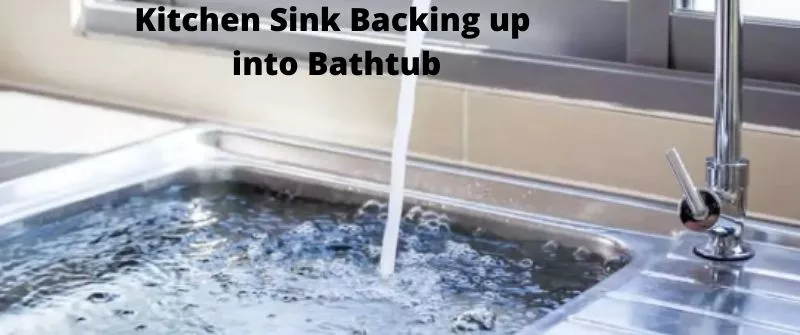 Lastly, regular maintenance is crucial in preventing a kitchen sink from backing up into your shower. This includes routine inspections and cleaning of your plumbing system to remove any potential clogs or blockages. It is also essential to address any plumbing issues immediately to avoid them from turning into bigger problems.
Conclusion:
A kitchen sink backing up into your shower is not only an inconvenience but also a sign of underlying plumbing issues in your house. By prioritizing proper house design, using quality materials, and regular maintenance, you can ensure a functional and efficient plumbing system that will prevent this issue from happening. Remember to also consult a professional plumber if you encounter any persistent problems with your plumbing system.
Lastly, regular maintenance is crucial in preventing a kitchen sink from backing up into your shower. This includes routine inspections and cleaning of your plumbing system to remove any potential clogs or blockages. It is also essential to address any plumbing issues immediately to avoid them from turning into bigger problems.
Conclusion:
A kitchen sink backing up into your shower is not only an inconvenience but also a sign of underlying plumbing issues in your house. By prioritizing proper house design, using quality materials, and regular maintenance, you can ensure a functional and efficient plumbing system that will prevent this issue from happening. Remember to also consult a professional plumber if you encounter any persistent problems with your plumbing system.















:max_bytes(150000):strip_icc()/freshen-and-unclog-drain-with-baking-soda-1900466-22-bbf940b70afa4d5abef0c54da23b1d3f.jpg)



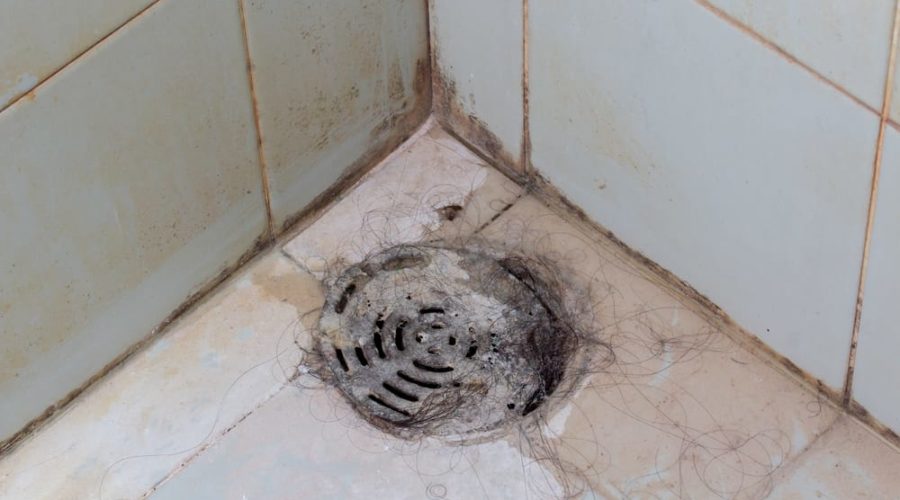








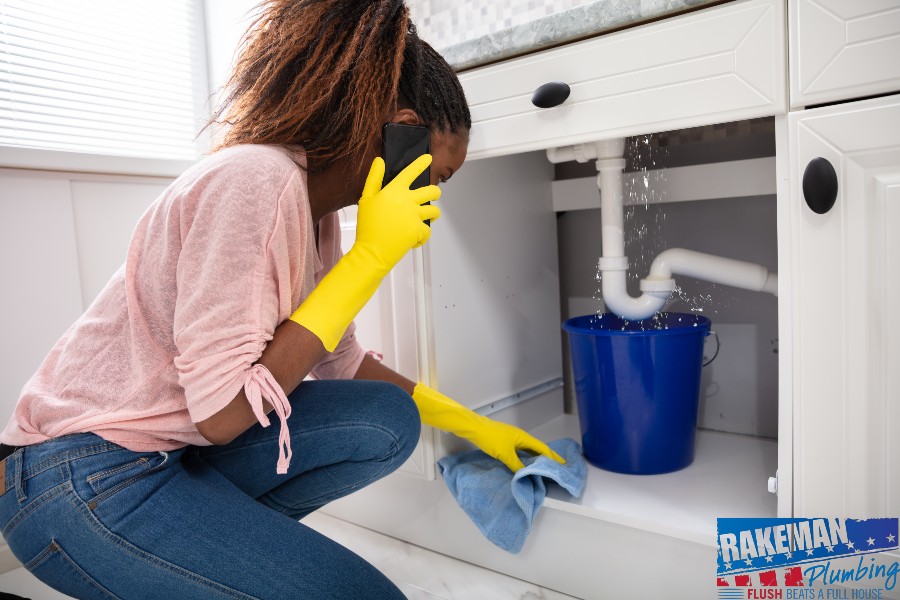































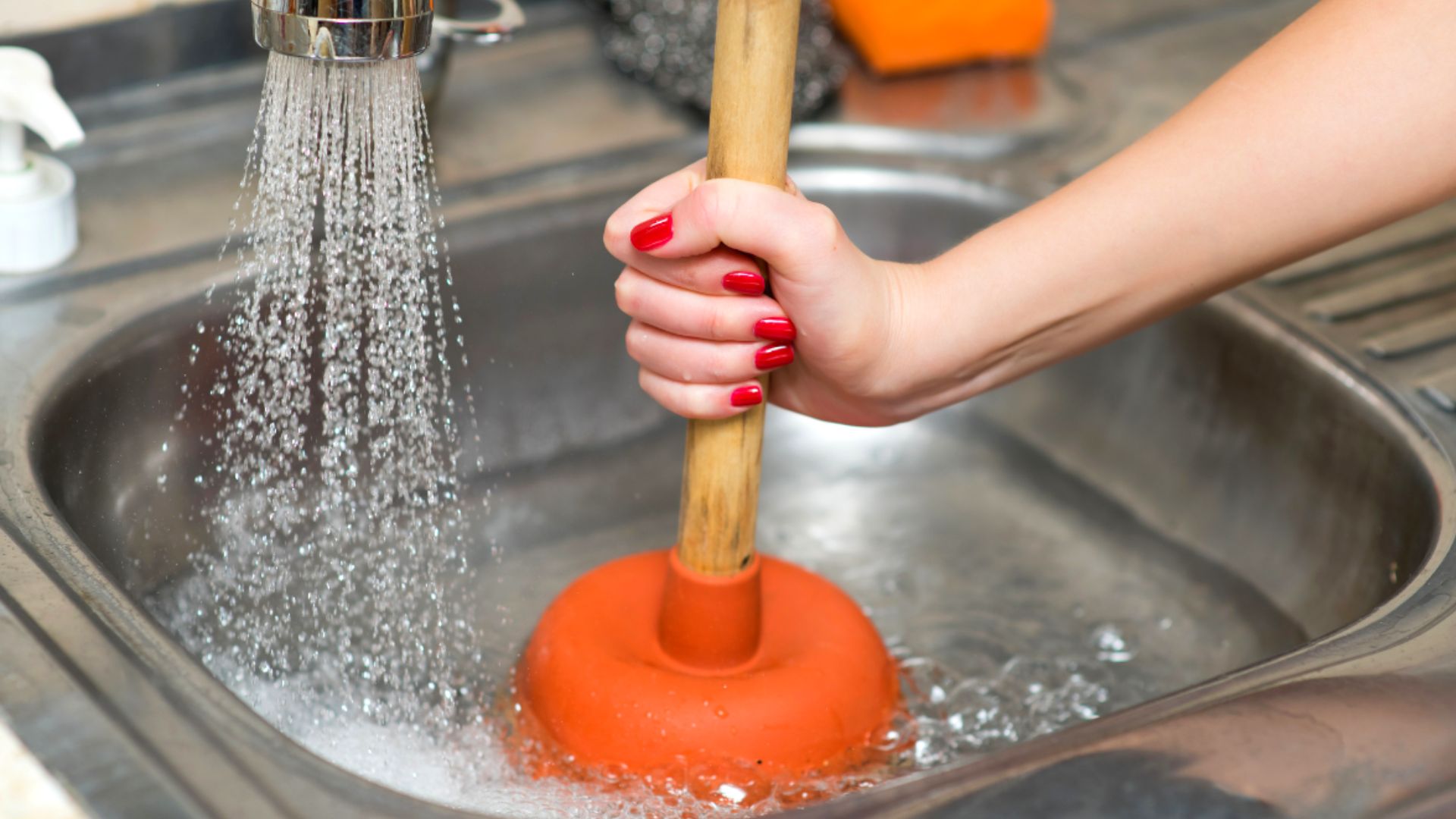



/woman-wearing-yellow-washing-up-gloves-to-unblock-sink-using-plunger-close-up-131987463-5887cfc03df78c2ccd92ec9e.jpg)

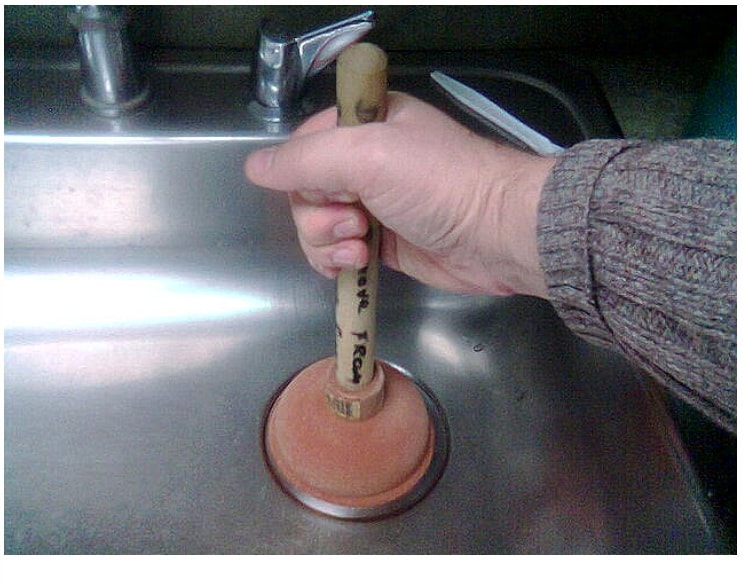













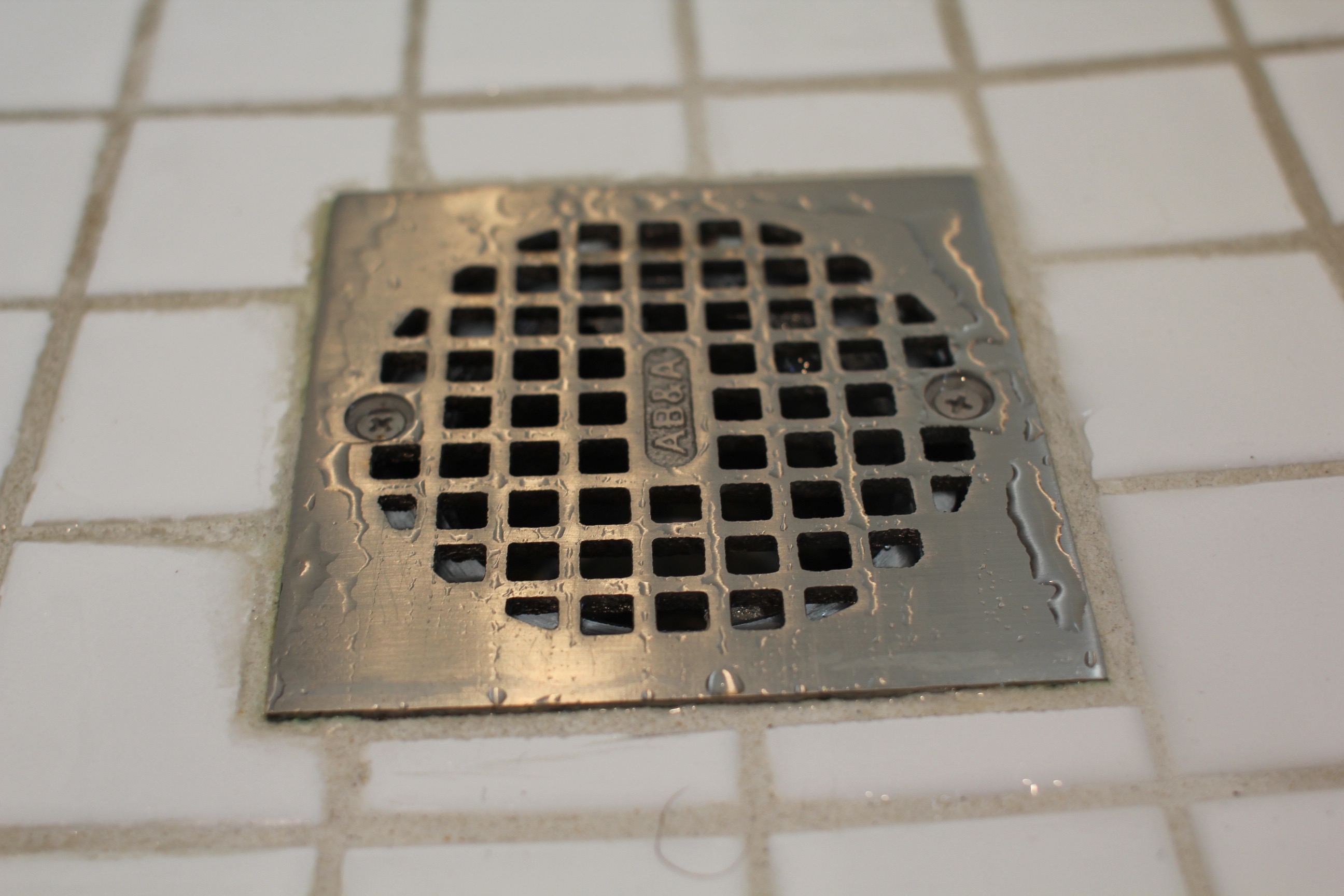








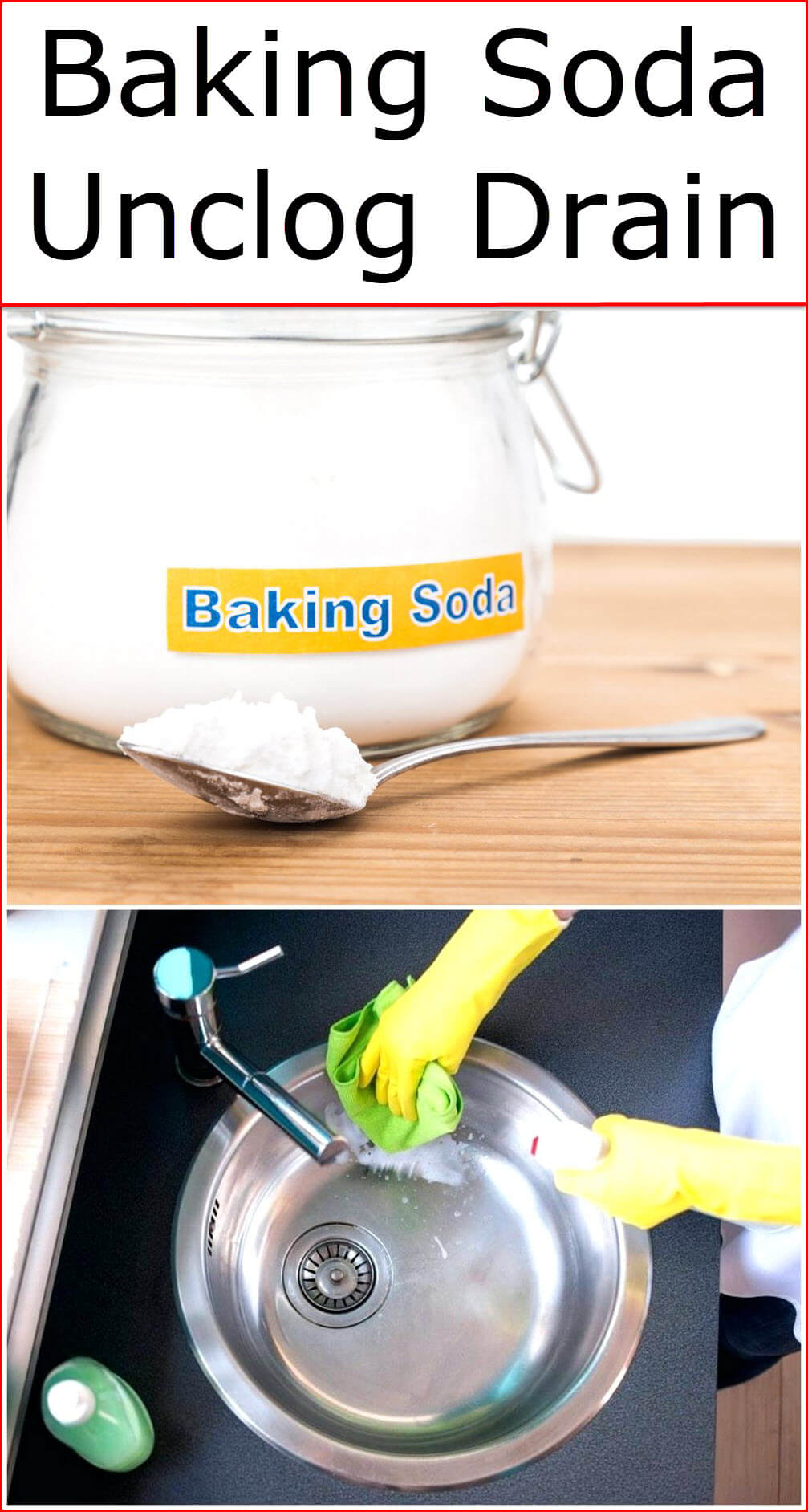

:max_bytes(150000):strip_icc()/freshen-and-unclog-drain-with-baking-soda-1900466-18-1a5b5da01939471ca8f8823865bd1ce8.jpg)
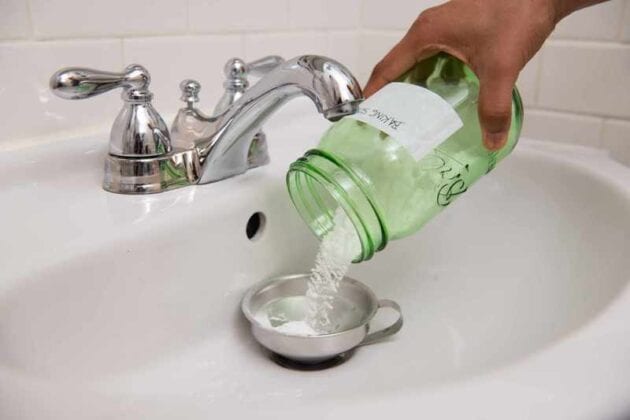



















:max_bytes(150000):strip_icc()/SPR-loft-decor-ideas-7481064-982c5d37694d43498279618602b4231b.jpg)





